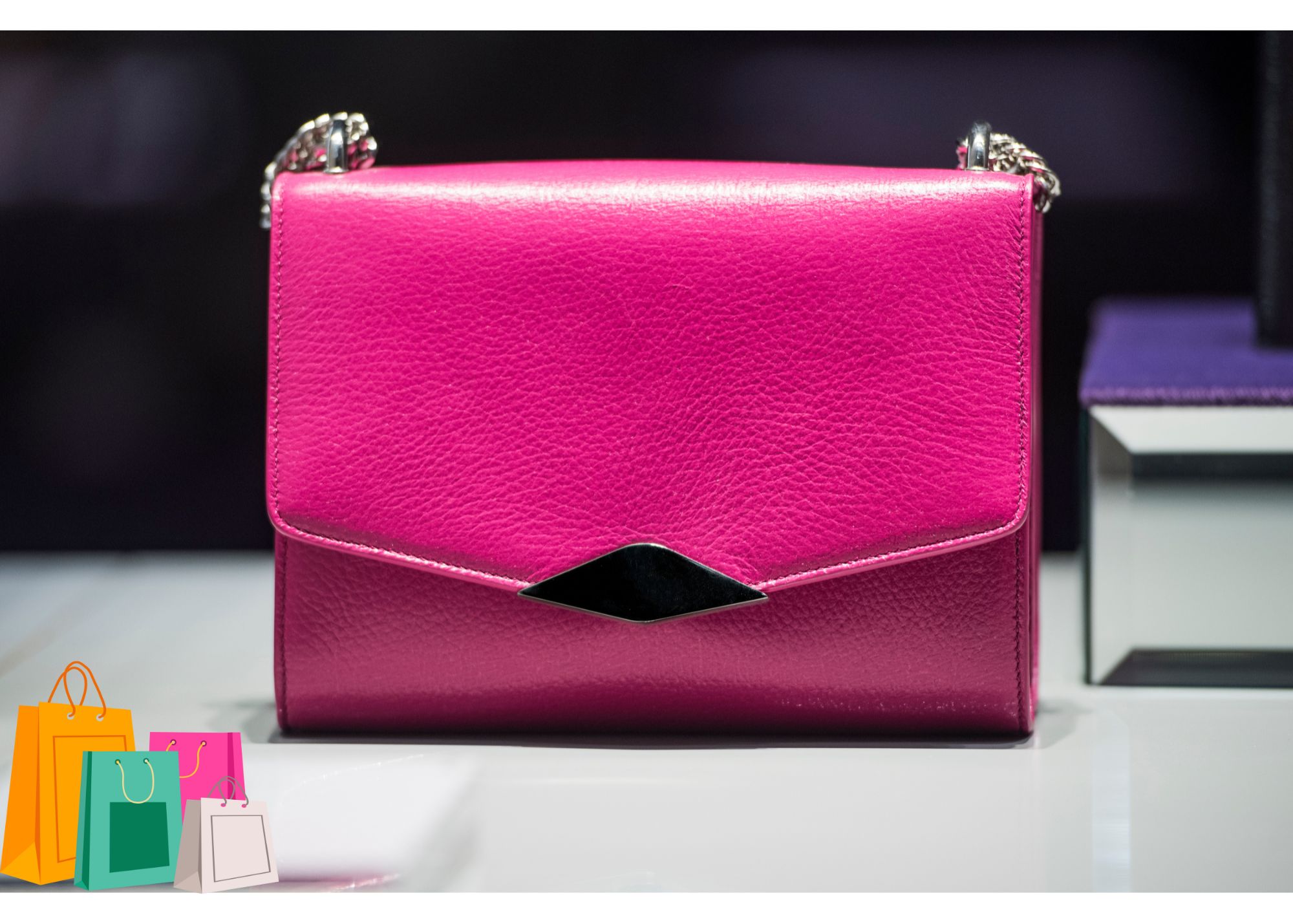Birkenstock Is Bouncing, Should Long-Term Investors Stay the Course?
Birkenstock sandals may be designed for comfort, but since going public, Birkenstock stock (NYSE: BIRK) has delivered more of a roller coaster than a relaxing stroll.
Over the past 12 months, shares have swung from gains in the mid-teens to losses twice that size, and as of today, they’re sitting roughly 8% in the red.
Volatility like that might spook short-term traders. But for long-term investors, the story behind the stock still has legs, and a few that most people aren’t paying attention to.
Key Points
-
Birkenstock’s price swings are driven by sentiment but revenue keeps growing steadily.
-
Just 8% of sales come from Asia, leaving huge room to expand, especially in China.
-
With 25%+ operating margins and capacity doubling underway, the stock looks undervalued for long-term investors.
Why the Stock Keeps Whipsawing
The market’s mood swings toward Birkenstock have had less to do with fundamentals and more to do with investor expectations.
Case in point, in August, shares dropped sharply after the company reported nearly 20% revenue growth for Q3 of fiscal 2024. That’s a solid number by most standards, especially for a brand that makes footwear, not software. But analysts were expecting more, and the reaction was swift.
Fast forward to May and Birkenstock reported 19% growth again, this time for Q2 of fiscal 2025. The stock jumped because management issued upbeat guidance, suggesting full-year numbers would come in at the high end of expectations.
In both cases, the growth rate was the same, but what changed was tone and forward-looking commentary. That’s a valuable lesson in investor psychology that the numbers matter, but narrative can matter more.
Advantage Amid Global Trade Tensions
Tariffs have become a lurking threat for global footwear brands, and headlines about trade friction often send shoe stocks into a tailspin. But Birkenstock enjoys a geographic advantage most investors miss, the vast majority of its production is based in Europe.
That’s huge.
While competitors like Nike and Skechers rely heavily on Asian manufacturing and are vulnerable to U.S.-China tensions, Birkenstock has kept its supply chain close to home.
According to analysts at Evercore, that puts it among the “best positioned” apparel names to weather any future tariff shocks.
When global trade gets messy, Birkenstock doesn’t have to flinch.
Brand Has Been Around Longer Than the U.S.
Here’s something most investors overlook, Birkenstock isn’t your average consumer brand.
It’s one of the oldest companies in the world, founded in 1774, two years before America declared independence.
That kind of longevity doesn’t happen by accident. The company has reinvented itself several times, most recently riding the wave of fashion’s normcore movement.
And there’s still runway ahead. Despite generating more than $2 billion in trailing 12-month revenue, Birkenstock has only scratched the surface in some major markets.
Global Growth Story in Disguise
Over half of Birkenstock’s revenue comes from the Americas, and that includes all of North and South America, not just the U.S. That means the brand still has room to scale domestically. But the real opportunity might lie in Asia, which accounted for just under 9% of sales last quarter. That’s staggeringly low for a consumer brand in 2025.
In particular, China is one of the largest and fastest-growing footwear markets in the world. According to Statista, the Chinese footwear market is expected to exceed $80 billion by 2027. Even a modest foothold could be a game changer for Birkenstock.
To prepare for this growth, management has already made long-term investments. From 2022 to 2024, Birkenstock poured more than $200 million into expanding manufacturing capacity.
Financials Are Better Than You Think
Despite the stock’s choppiness, Birkenstock’s business metrics are impressive. Operating margin sits above 25%, putting it among the most profitable names in the industry, right up there with giants like Crocs and Deckers.
And the valuation as of now is under 5x trailing sales. For a brand with strong margins, sticky customer loyalty, and room for international growth, that’s a compelling multiple.
In fact, Birkenstock’s loyal customer base might be its best asset. Unlike fashion fads that flame out, Birkenstock sandals have endured across decades and demographics. They’ve been embraced by hippies, millennials, fashion editors, and tech workers alike. Even Barbie wore them in the blockbuster 2023 movie, a cameo that sent brand interest soaring.
That kind of cultural staying power is rare, and tough to quantify in a financial model.
Risks Remain, But They’re Manageable
Like all footwear brands, Birkenstock faces the perennial risk of shifting consumer tastes. A misstep in style or marketing could impact growth. But unlike trend-dependent brands, Birkenstock has built its success on timeless design and orthopedic comfort. It’s not trying to chase the next hot sneaker drop, and that may be its biggest moat.
Tariffs could still pose a challenge, especially if protectionist policies escalate globally. And macro pressures, such as inflation and currency fluctuations, could drag on consumer spending.
But Birkenstock has shown a knack for navigating bumps in the road, literally and figuratively.
So… Is Birkenstock Stock a Buy?
If you’re looking for a short-term trade, Birkenstock’s past year might give you pause. Sentiment has been fickle, and the stock is still finding its footing post-IPO.
But for long-term investors who value durability, in both sandals and stocks, Birkenstock has a lot going for it. Solid growth. Global expansion potential. Industry-leading margins. And a brand that’s not just popular but iconic.
It’s not the flashiest stock in the market. But sometimes, it’s the companies that quietly build, invest, and endure that deliver the best returns.
Birkenstock may not make your portfolio sizzle overnight. But give it time, and it just might walk its way into your winners column.



